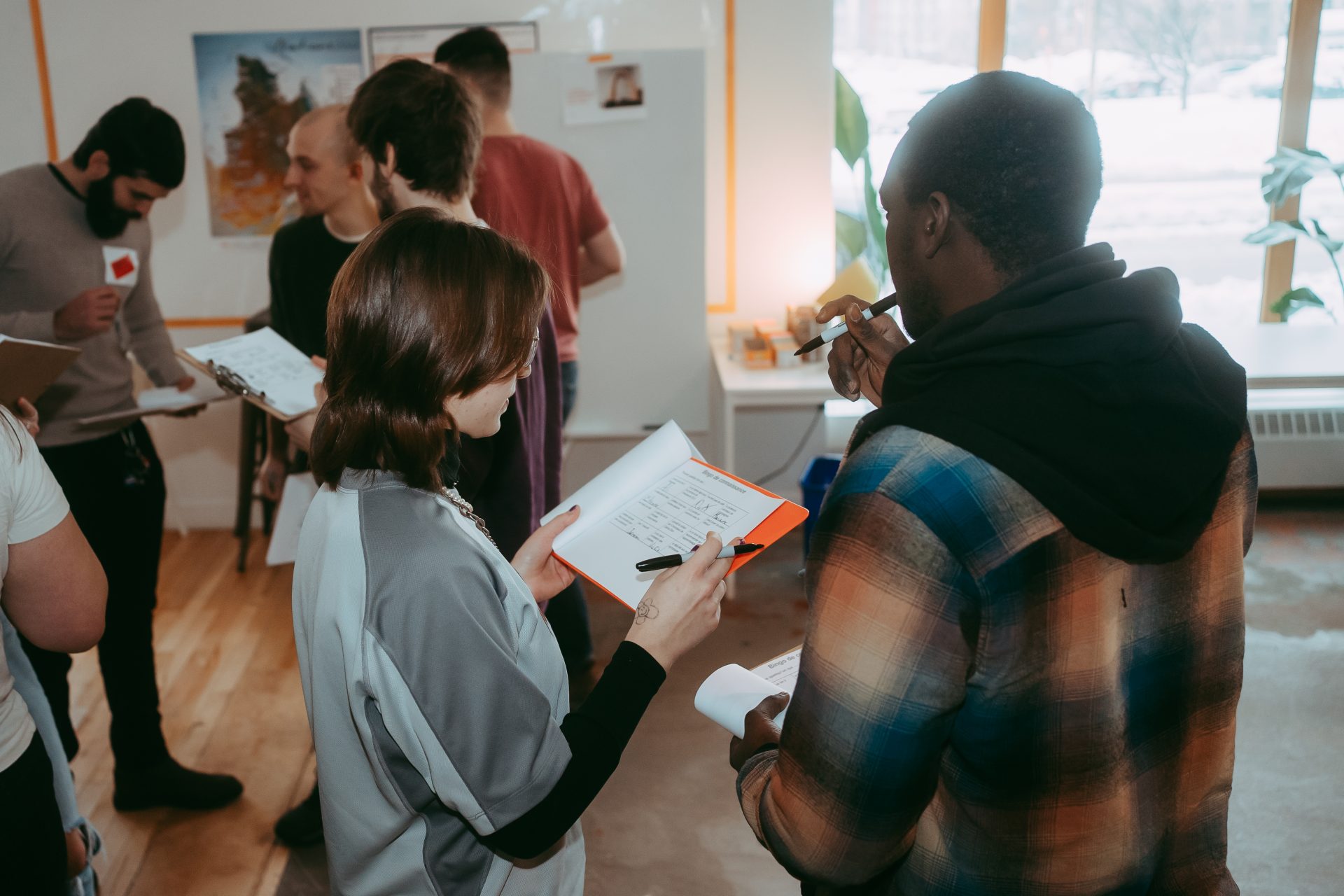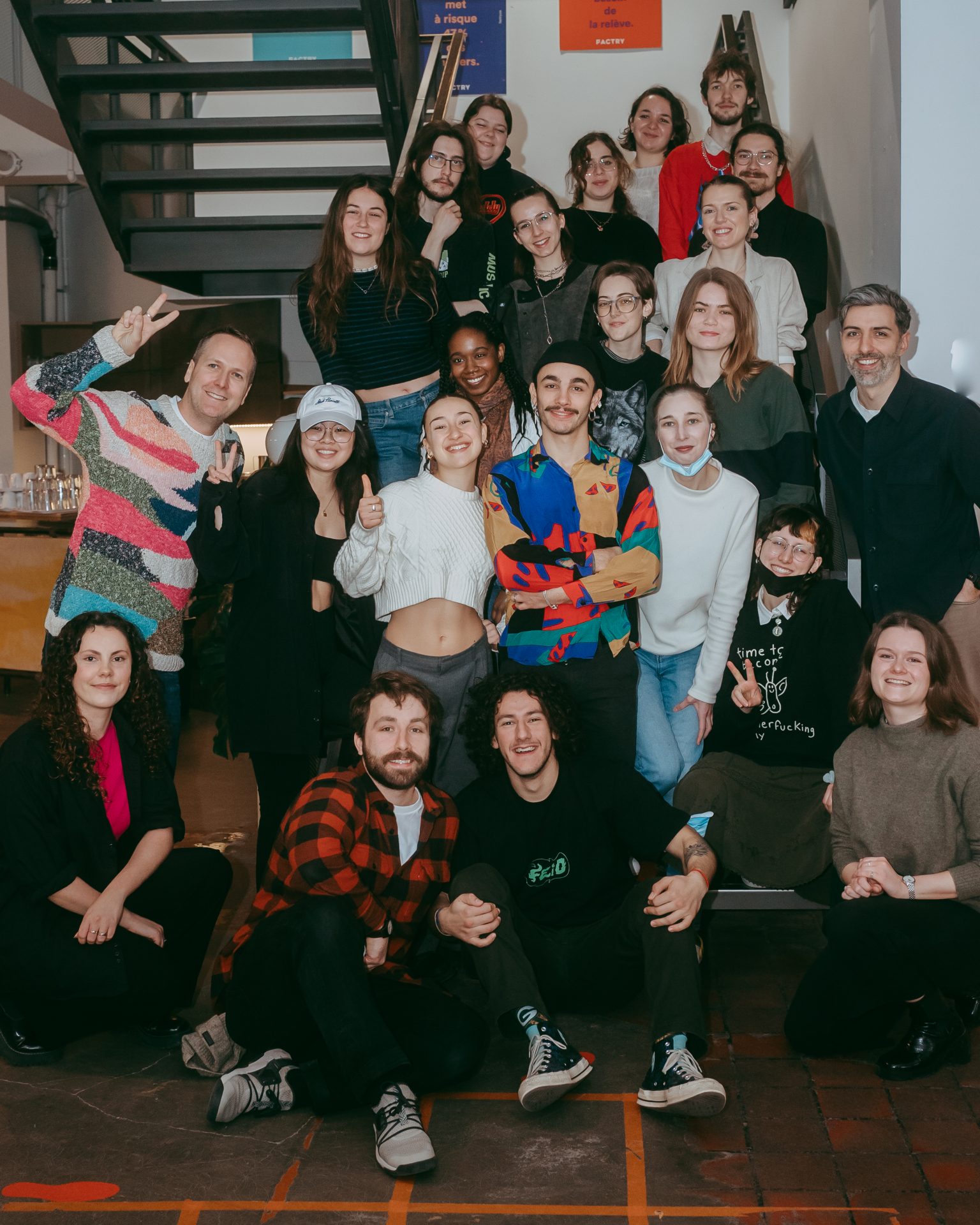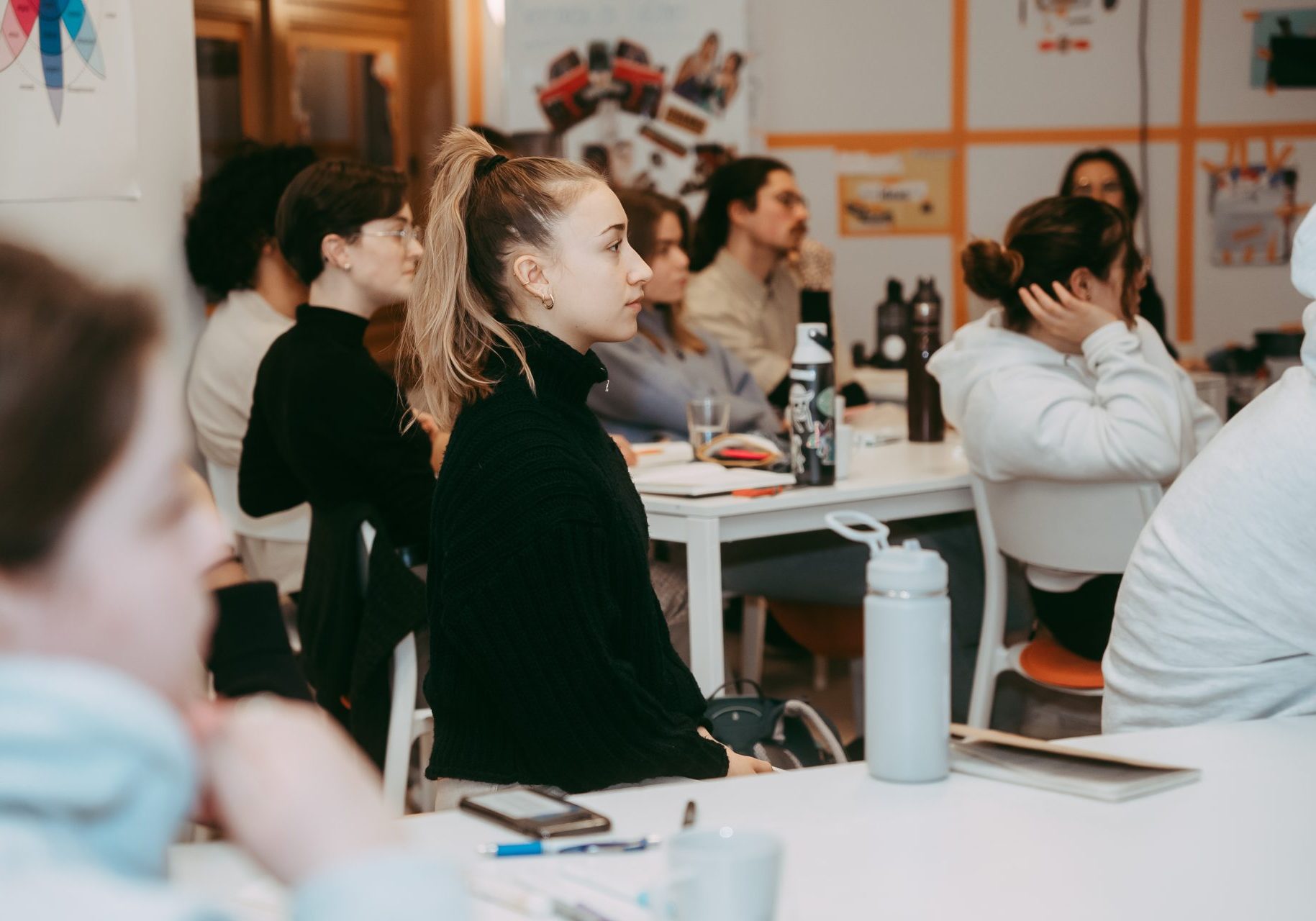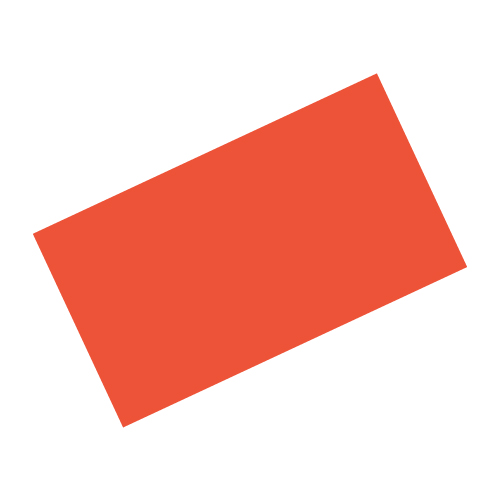This month, the client is not a company, but a cohort of young adults aged 27 or younger who want to (re)define their place in the job market.
The Challenge
Young people’s careers are marked by major decisions that have a significant impact on their lives. Entering a changing job market can lead to questioning, a need to complete one’s education outside of the academic system, or simply a desire to get to know oneself better.
“It had been a few months since I finished school, and I felt exhausted by the difficulties I had experienced in completing my DEC in graphic design, and by the mental load related to the pandemic,” recalls Jasmine Del Carmen Gariépy.
Raphaël Huöt, a freelancer in the field of interactive technological experiences, experienced a low point when he returned from a trip in 2022. “I felt I needed a change in my life… I needed a break to recharge my batteries and make more informed decisions about my profession.”
In the midst of a fast-paced career start-up, some people choose to take a break to adjust their focus. That’s where La Factry comes in.
The Proposal
Offered since 2019, La Factry’s Pause training program allows cohorts of 25 young people to develop skills complementary to those taught in traditional college and university curricula, while taking time to discover themselves. Over a 12-week period, each cohort of “Pausien-ne-s” participates in a variety of workshops that challenge them, get them up and running, and hone their skills in creativity, adaptability, critical thinking, problem solving and communication.
At the end of the theoretical course, participants complete a four-month internship in a company.
Charlie Bilodeau, himself a graduate of the second cohort, is now the manager and producer of La Factry’s program. “It’s training in creative skills, yes, but it’s also a gas pedal to access the job market. It’s about allowing each person to align themselves with their X and open up the field of possibilities as to how their creativity can be used in the job market.”
Virginie Ledoux has been taking the training since late January of this year. She decided to enroll as she began a transition from her naturopathic practice to a career in visual arts and art direction. “Having an atypical background and a great thirst for learning and creating, I immediately recognized myself in the description of the Pausian profile.”
Along with her fellow sixth cohort students, she is well on her way to the journey that could change her trajectory.

The Work
The Pause program is built around three main areas aimed at consolidating the learning that young people do through the many workshops designed to develop the various ingredients of creativity.
First, there is the design of the creative portfolio, a personal project that is improved over the course of 12 weeks, which allows young people to better understand their personality, their strengths and weaknesses, what makes them tick…
Pause puts the pieces of the puzzle back together: sometimes you feel like you know what you want, that you know your skills, etc., but you feel like all the pieces are scattered on the table,” says Charlie Bilodeau. The program gives you a clearer picture of who you are and what you’re looking for. It allows you to see that certain skills that you thought were reserved for a particular sector actually apply across the board in our lives.”
The central focus of the program, however, is the integrative project, in which the participants are called upon to design, as a team, a concrete solution to an imposed mandate. This year’s project is particularly complex for participants to tackle. Construction giant Pomerleau is calling on the creative minds of the community to feed and enhance its approach to social impact projects.
The integrative project is an opportunity for participants to apply the design thinking method and its different phases (empathy, definition, ideation, prototyping and testing). It’s about learning to think with the user at the center of everything,” says Charlie Bilodeau. The goal is that afterwards, they will have the tools to experiment with the method through other projects.”
At the end of the 12 weeks, it will be time to begin the third and final part of the course: the internship. “The foundation of the program is that creativity is not specific to the arts or to the arts: it is deployed in all sectors, in all positions. In this sense, the idea is to find interesting internship opportunities within innovative entities that can allow the next generation to grow and develop,” summarizes Charlie Bilodeau.
Jasmine Del Carmen Gariépy, a member of the fifth cohort, is currently completing her internship as a graphic designer at the social design studio Ohisse, which specializes in projects that promote living together. “It’s going very well! I’m lucky to have found myself in a friendly team that does work I greatly admire,” she says. Pause has taught me to explore more of what is unknown to me. Ohisse’s world comes from a different approach to design than I was familiar with, and every day I practice my ability to listen and observe to understand my colleagues’ approach.”
In taking on a Pause intern, Samuel Rancourt, associate designer at Ohisse and Jasmine’s internship supervisor, wanted an outside perspective. “In our practice, we always seek to understand, in subtlety, the social dimension of projects in order to achieve the strongest possible impact. Hosting an intern allows us to delve deeper into certain areas of development and do even more creative exploration.”
“Jasmine has a beautiful human approach that shines through both in her
graphic proposals as well as in her connection with clients, he believes. She navigates the more conceptual and iterative phases of the business with ease, which feeds our R&D nicely.”
The students in Pause’s sixth cohort are slowly beginning to think about this major step in their journey. “My main criterion will be to be able to exercise my creative freedom within my internship,” says Virginie Ledoux. It’s important for me to feel inspired and have fun in what I’m doing.”
“I expect more than an office job,” says Raphaël Huöt. I want to understand the company’s culture, its values… I want to be there to learn.”
The Result
Participants inevitably leave with a well-stocked toolbox.
I often feel embarrassed to be a young professional and not know how certain things work,” admits Jasmine Del Carmen Gariépy. But Pause has confirmed that I’m not the only one who feels this way: learning is constant, no matter how many years of experience you have. It makes it a little less intimidating, and it encourages me to face challenges with more confidence.”
Charlie Bilodeau, meanwhile, made a successful transition at the end of his Olympic figure skating career. “We often put our skills in a box, based on the role we may have had in the past, but what you learn in a certain area, it applies to all sauces in a lifetime.”
As of this writing, Virginie Ledoux is just beginning the Pause adventure, but she can already detect big changes in herself. “To my surprise, I see that many of my strengths were dormant, and that the program was able to awaken them.”
Same thing for Raphaël Huöt. “Meeting so many people at once definitely took me out of my comfort zone, and I was surprised to see how much confidence in my social skills the various exercises in The Factry gave me.”
Internship settings, meanwhile, benefit from a workforce better equipped to deal with today’s challenges. In assessing the adventure, they note, for example, that “the company benefited from a new perspective, and that’s priceless,” or that “welcoming a scientifically minded intern into a cultural company created surprise, innovation, and all the beauty of the unexpected.”
Over the course of the cohorts, an average of 54% of the internships have led to job offers.


